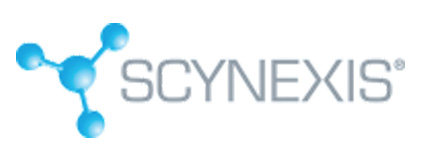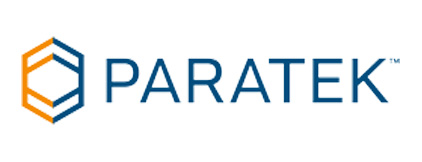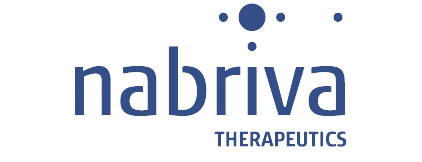
Research and development (R&D) incentives subsidize the overall development cost of an antimicrobial. Examples of R&D incentives include tax credits, direct funding of research, or public–private partnerships. These types of incentives help fund the development pipeline by incentivizing early participation by industry and help to sustain a project through the lifecycle of product development. R&D incentives can also direct funding to specific pathogens of interest or specific approaches and help promote innovation that might not be considered without a level of support.
R&D Tax Credit
AWG supports a R&D tax credit proposal, modeled after the Orphan Drug Tax Credit, that provides a credit for 25% of clinical testing expenses for qualified antimicrobials. Antimicrobials that treat a serious or life-threatening infection, including “resistant,” “novel or emerging” pathogens, would qualify, in addition to new rapid diagnostic tests.
The tax credit is also transferrable, meaning any unused credit could be sold to another domestic company to be applied towards the purchasing company’s tax credit for the year.

 Vu L. Truong, Ph.D.
Vu L. Truong, Ph.D. René Russo, PharmD, BCPS
René Russo, PharmD, BCPS Roger J. Pomerantz, M.D., F.A.C.P.
Roger J. Pomerantz, M.D., F.A.C.P. Christine Ann Miller
Christine Ann Miller Graham G. Lumsden
Graham G. Lumsden Marco Taglietti, M.D.
Marco Taglietti, M.D. Ankit Mahadevia
Ankit Mahadevia John McDonough
John McDonough Frank Pasqualone
Frank Pasqualone Ed Garvey
Ed Garvey Vijay B. Samant
Vijay B. Samant Jeffrey Stein, Ph.D.
Jeffrey Stein, Ph.D. Evan Loh, M.D.
Evan Loh, M.D. Michael Dunne, M.D
Michael Dunne, M.D Ciara Kennedy, Ph.D.
Ciara Kennedy, Ph.D. Ted Schroeder
Ted Schroeder Kevin Finney
Kevin Finney









 Stephen Conafay
Stephen Conafay Christopher J. Burns, Ph.D.
Christopher J. Burns, Ph.D.

 Corey Fishman
Corey Fishman